10 most resilient creatures on the planet
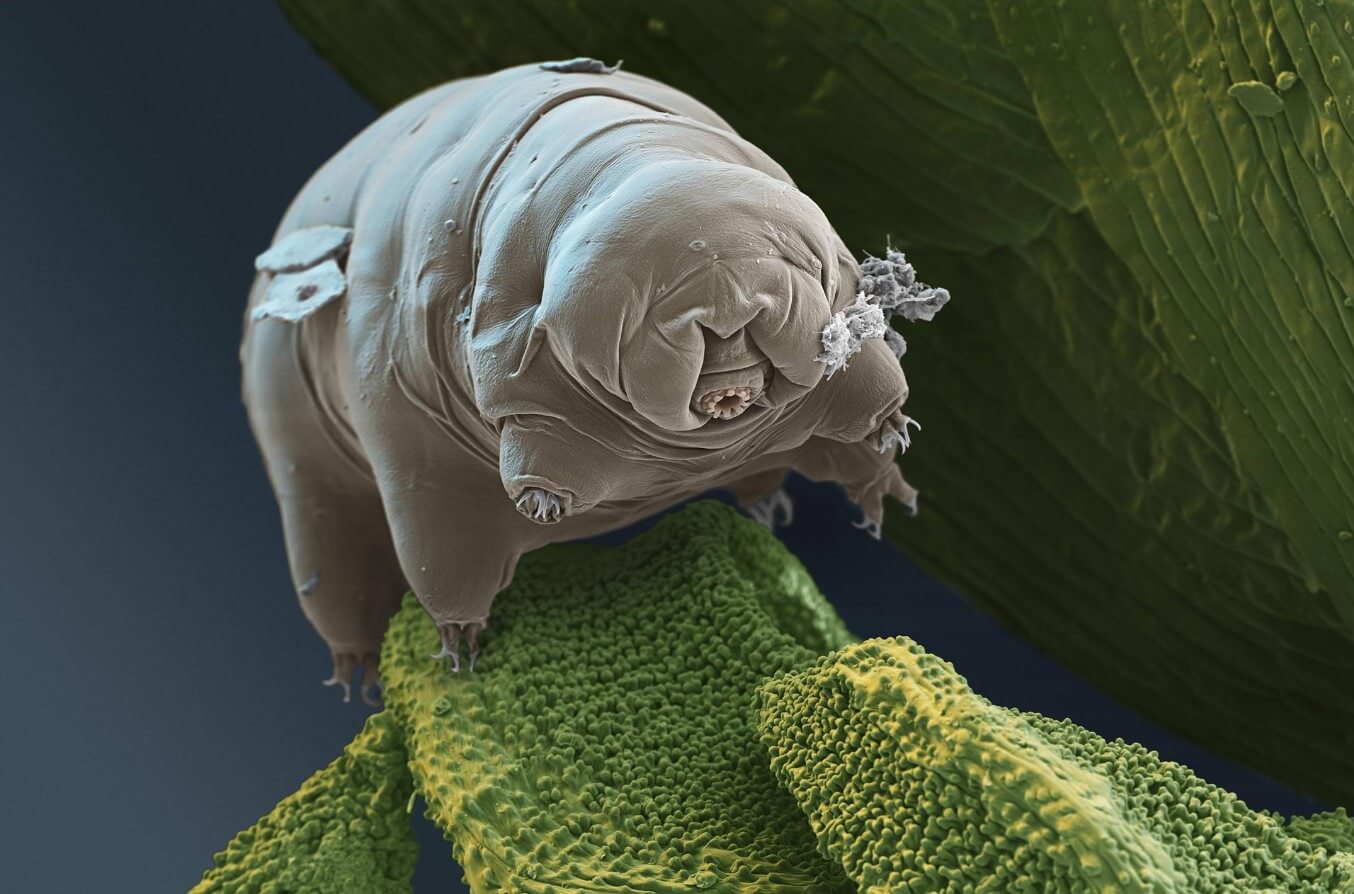
Resilient creatures: Today, it is safe to say that a person lives in an amazing world. Our planet is fraught with a large number of secrets and riddles that few people know about. The surrounding world is unique, you can find organisms that do not care about anything, these creatures are considered immortal, they are not threatened by exposure to high or low temperatures, radiation.
Changes in climatic conditions for the worse are also not terrible for them. Next, you can find a list of the most tenacious and persistent amazing creatures, some of them are microscopic, and others can be called giants.
This is the list of the 10 most resilient creatures on the planet
1. Land turtles
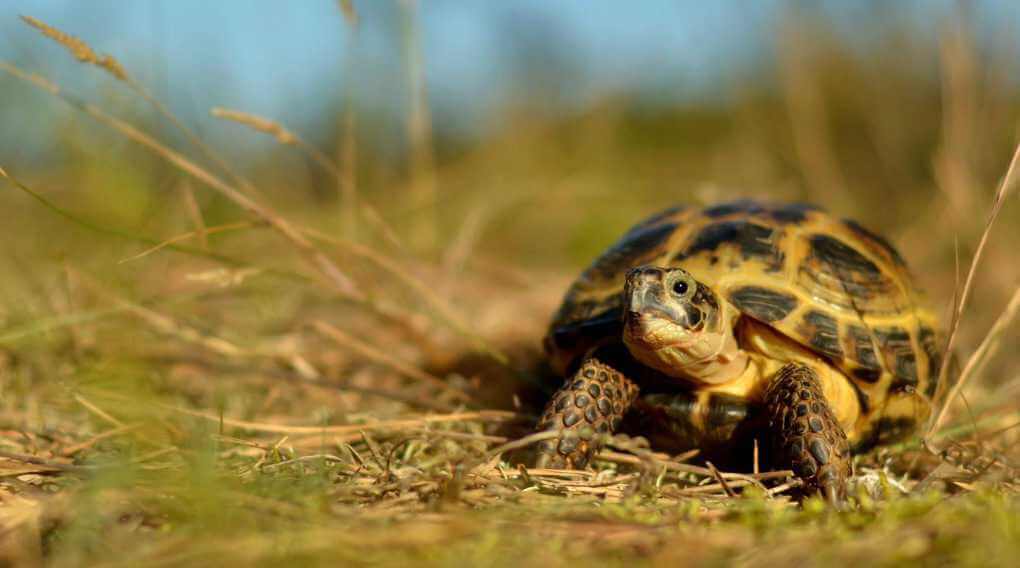
Land turtle (Testudines) is considered one of the longest-lived animals on Earth. Scientists believe that the species of such turtles have an average life expectancy of 150 years. But the world knows the story of a land turtle named Advaiga. At first, it lived at home with an English general, then went to the zoo, where it lived for another 130 years.
The death of the animal occurred as a result of a crack that appeared in the shell. Then scientists examined its carapace and concluded that Advaiga lived for about 250 years.
2. Alvinella pompejana
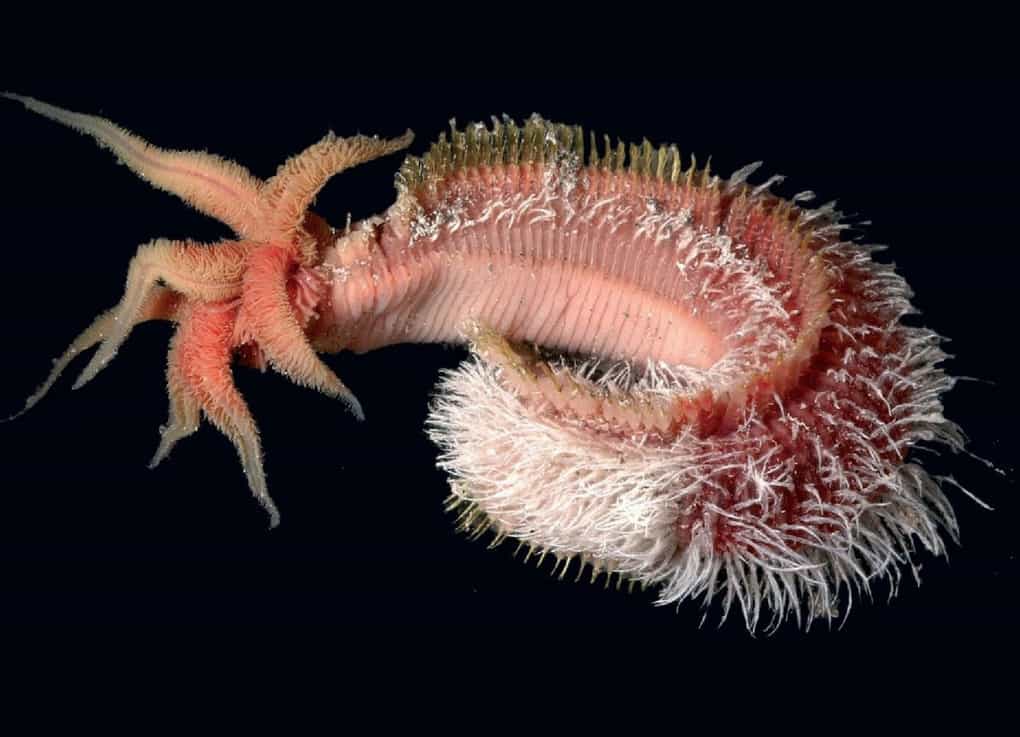
Alvinella pompejana are two-meter worms that live on the bottom of the sea, where it is dark, and the pressure is up to 260 atmospheres. These creatures prefer to live near hydrothermal vents, from which water is heated to 400 Degree celsius or more, and faults in areas of the Earth's crust on the ocean floor. They don't have mouths or intestines, but they feed on a circulatory system that delivers symbiotic bacteria from water with hydrogen sulfide.
3. Rockfish
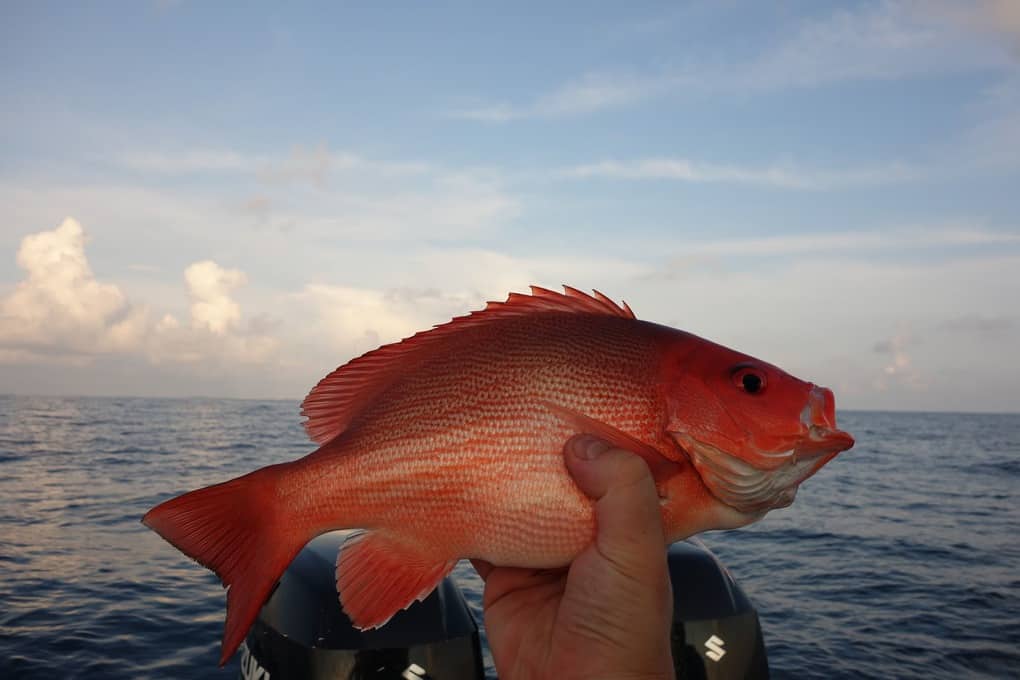
Rockfishes (Sebastes) are one of the most long-lived fish in the sea. Its life takes place at a depth of 160-170 meters of the ocean, the size reaches from 20 cm to 1 m. Rockfish grows and develops very slowly, it does not become ready for reproduction soon, its life expectancy can be 200 or more years.
4. Lang Fish
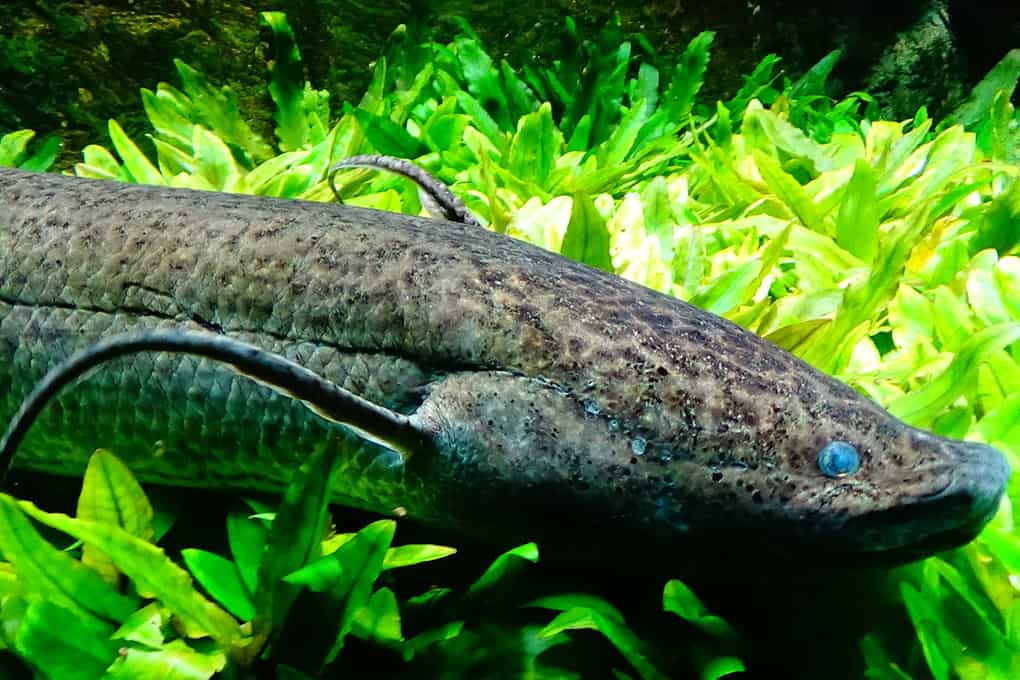
Lang fish is one of the unique creations of nature, belongs to a rare species of lungfish. Outwardly, this creature looks neither like a fish, but rather like a salamander, it has a highly developed respiratory system.
Lang fish live in water bodies and feed on small fish and crustaceans, if for some reason, the water begins to dry up, then it lies on the bottom, clogs its mouth with mud, begins to secrete mucus from the skin, which forms a kind of cocoon around the body, in this form the creature can do without liquid for up to four years. When the drought passes and the reservoir fills up, the fish comes to life again.
5. Bowhead whale

The Bowhead whale, according to scientists, is one of the oldest mammals on the planet. This species of whale lives in the cold seas of the Northern Hemisphere. Researchers have found species of these animals, whose age reached more than a hundred and even two hundred years, although the average life expectancy is from 20 to 60 years.
The most famous centenarian among Bowhead whales was Bada, which is believed to have lived for 245 years. In addition to it, whales of this species were also discovered, whose life spans were 91 years, 135, 159, and 172. Parts of harpoons dating back hundreds of years were found in the bodies of mammals.
6. Immortal jellyfish
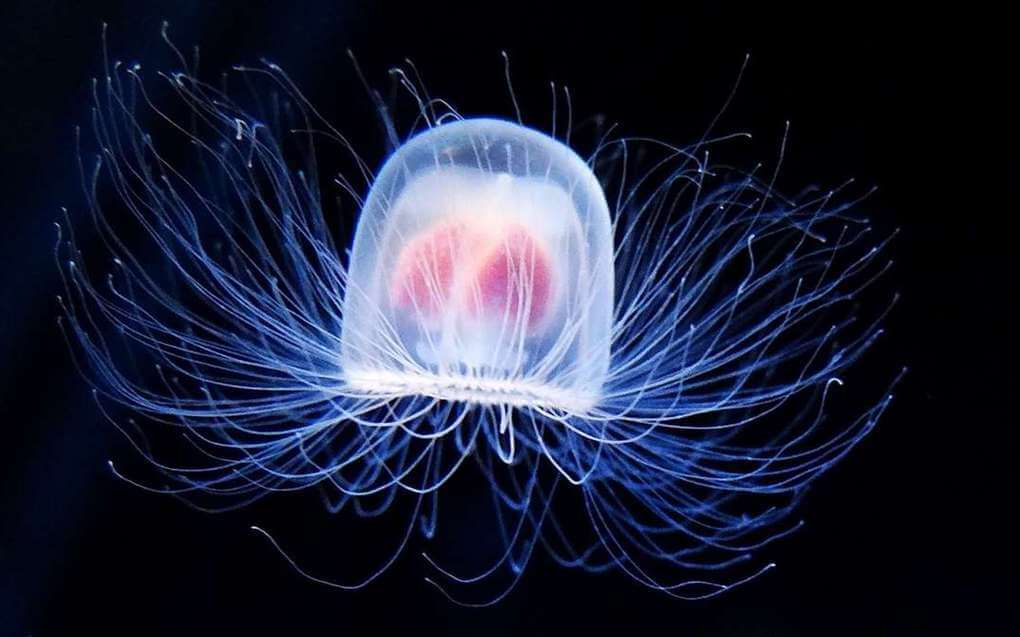
Immortal jellyfish (Turritopsis nutricula) are known to people as one of the most resilient animals. After it becomes sexually mature, it turns back into a polyp and begins to grow and develop anew. The life cycle of a jellyfish can be called infinite.
This is the first time such a life form has been discovered in the waters of the Caribbean Sea. Its study in personal interests was taken up by an Italian researcher, who discovered its uniqueness. Studying the organism, he concluded that a jellyfish cannot die of old age, it dies as a result of being eaten by a predatory inhabitant of the waters.
7. Deinococcus radiodurans
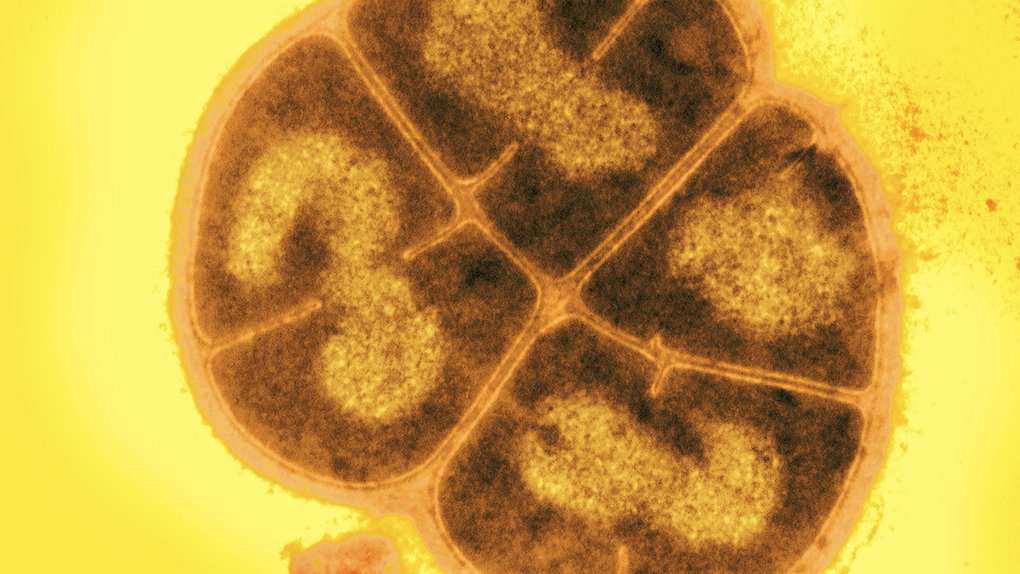
This bacterium is considered the most resistant microorganism to ionizing radiation. For the first time, the bacterium was found in canned meat that was exposed to gamma radiation, to study the sterilization process. The microbe does not have a specific habitat, it was found both in elephant droppings and in the soil and Arctic glaciers.
Today, the bacterium is being studied for further use in the bio-treatment of radioactive waste.
8. Tardigrade
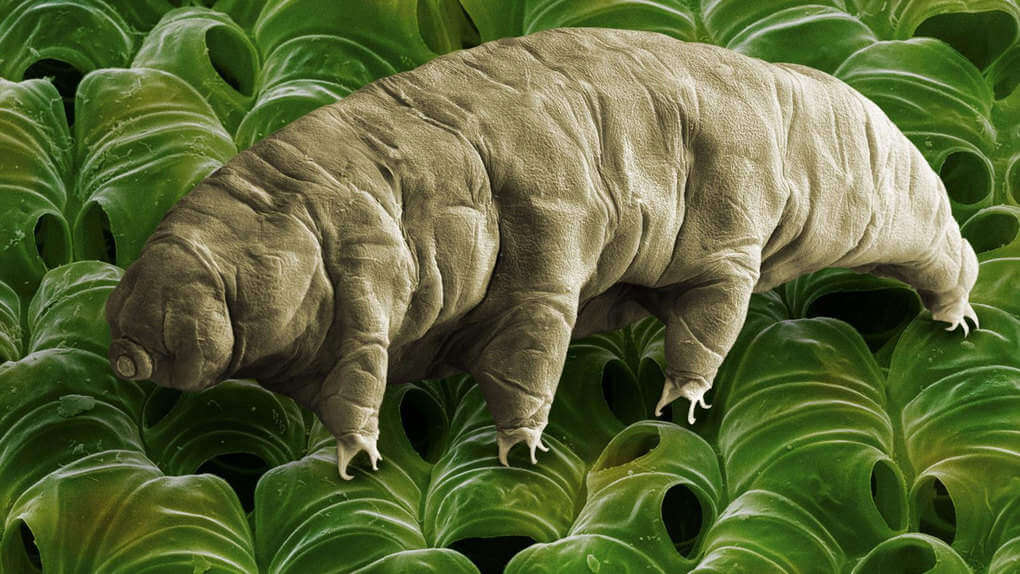
The tardigrade is microscopic, but this does not prevent it from remaining one of the most resistant organisms on the planet. The animal lives in water and belongs to species of microscopic invertebrates close to arthropods. They were discovered in 1773 and named "little water bear".
The tardigrade is not afraid of exposure to high or low temperatures, can exist in almost any climatic conditions, can withstand high doses of radiation, survive in airless space and be without water for ten years.
9. Cockroach

One of the most unpleasant and well-known human companions-cockroaches are also considered long-livers. Numerous studies have shown that this insect, even left without a head, can survive for two weeks. This is since the blood circulation of a cockroach has nothing to do with the work of its brain.
The breathing of the insect is carried out through holes located throughout the body. Life in the body of a cockroach is maintained on the food reserves that were previously eaten by it. When the parasite loses its head and brain, the functions of the nervous system begin to be performed by ganglion cells.
10. Giant wētā
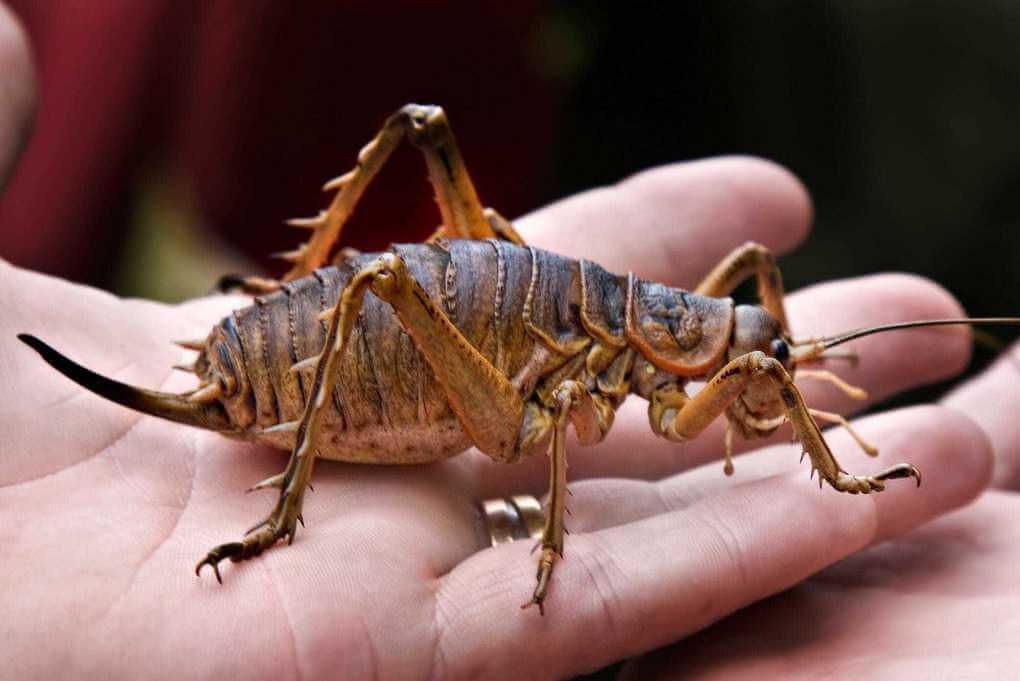
Giant wētā is considered one of the most tenacious large and heavy insects in the world. Externally, this insect is similar to a grasshopper, but its weight is 70-80 g, it lives in New Zealand.
The blood of the Giant wētā contains a protein that prevents its clotting. Thanks to this feature, the insect can survive at the lowest temperatures, at which the brain and other organs are turned off, and the blood continues to circulate. After the temperature returns to normal, the Giant wētā goes out of the "hibernation" state.





